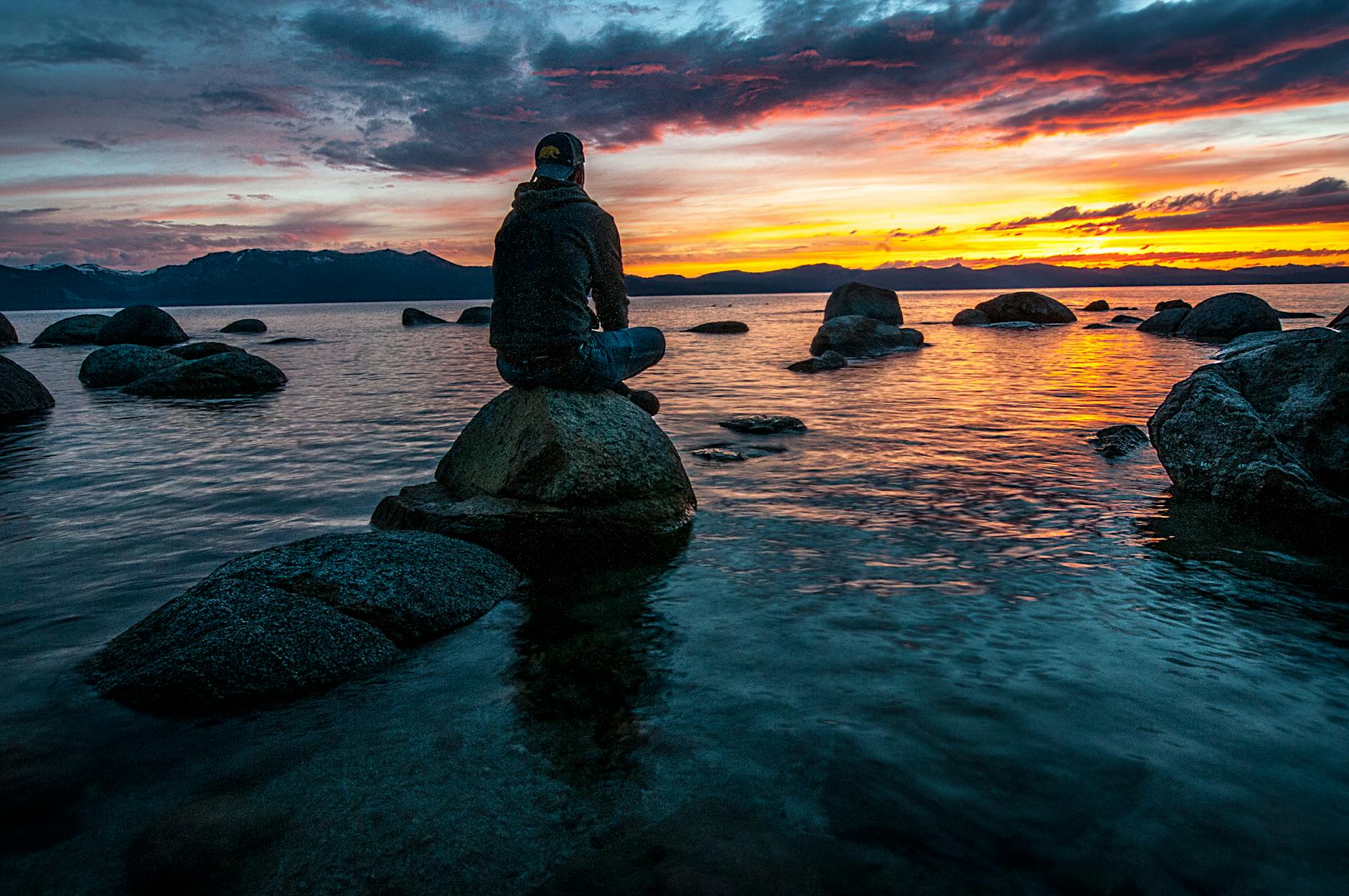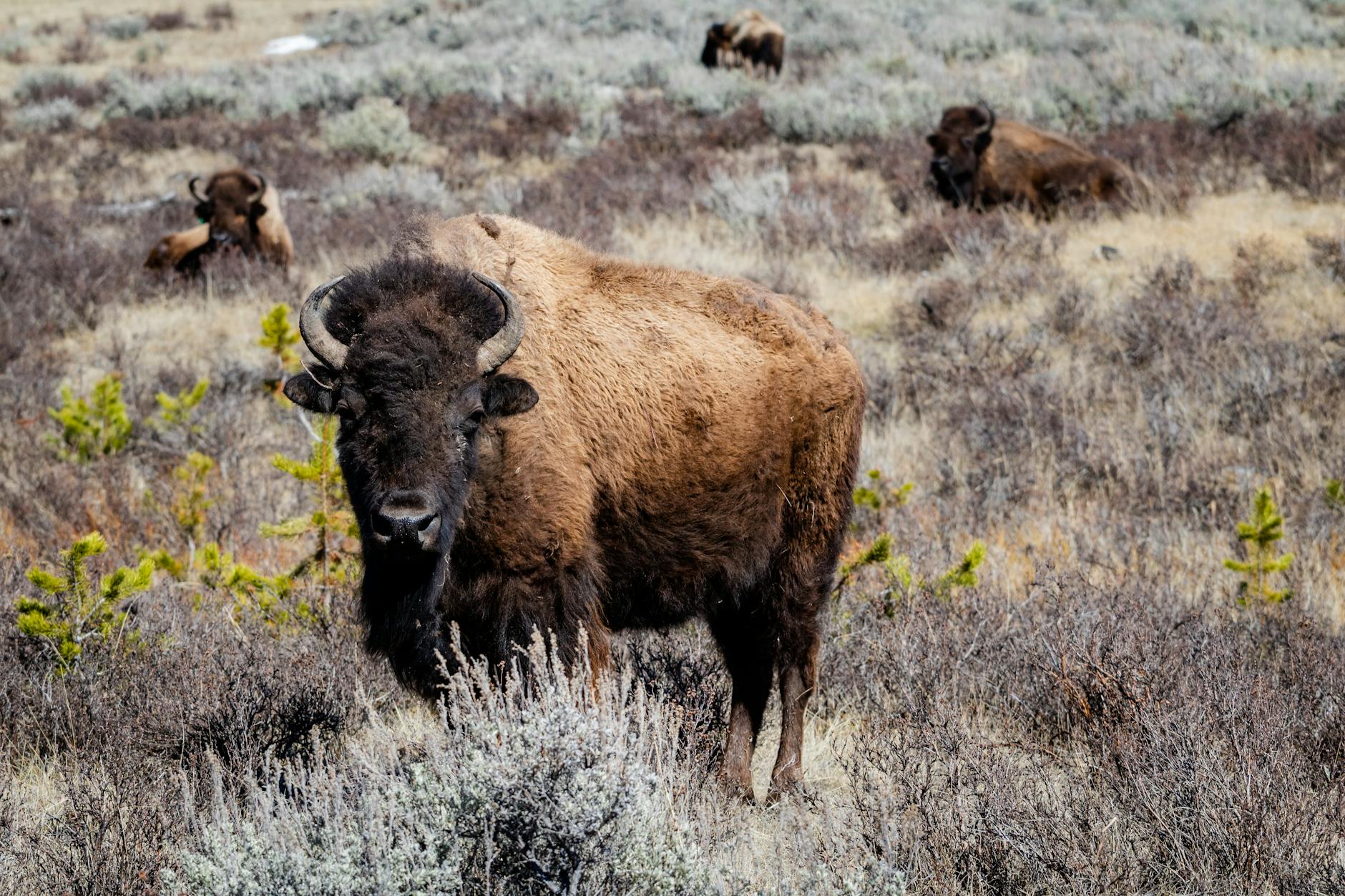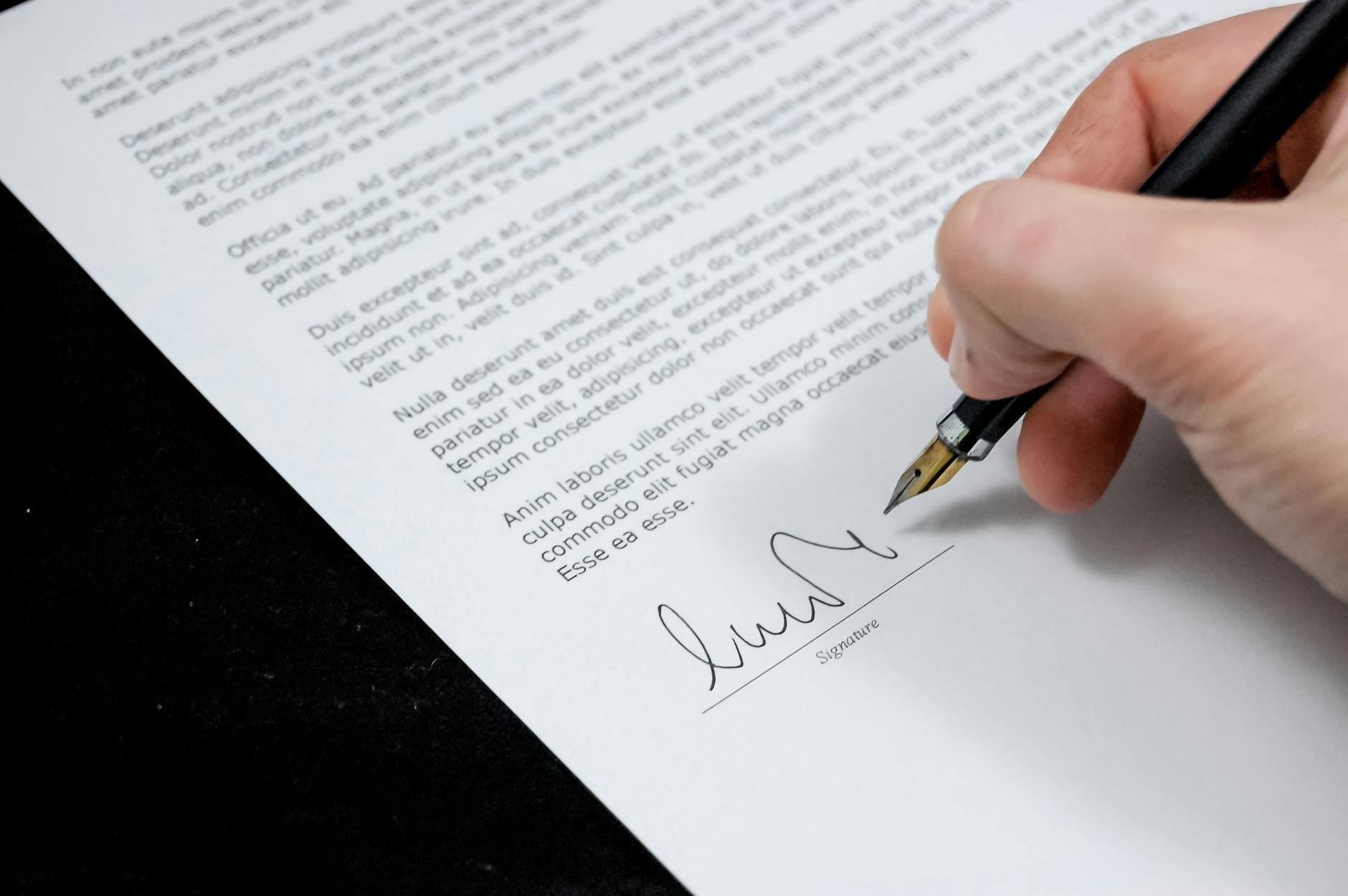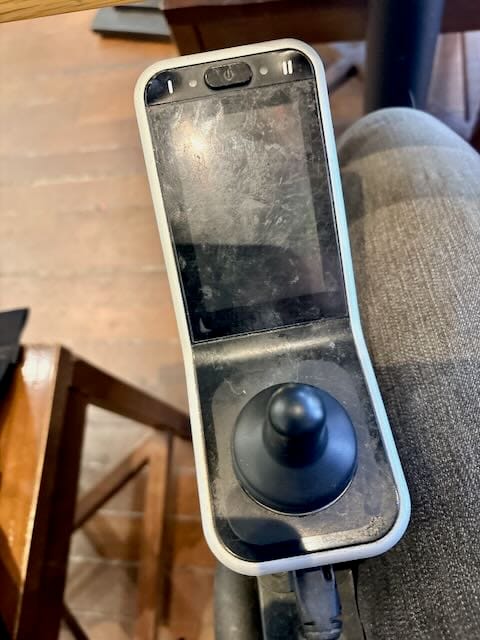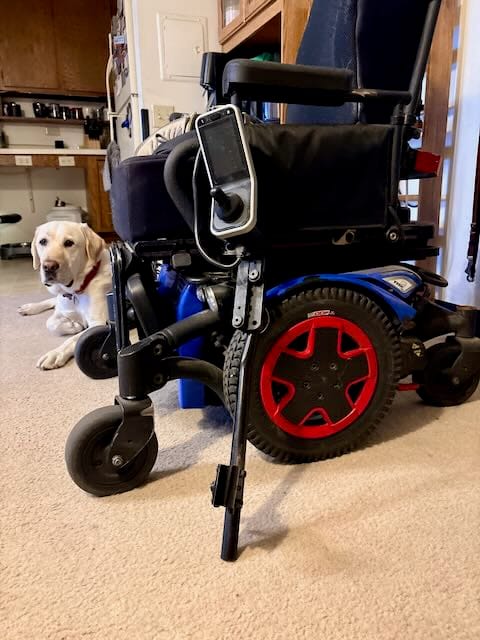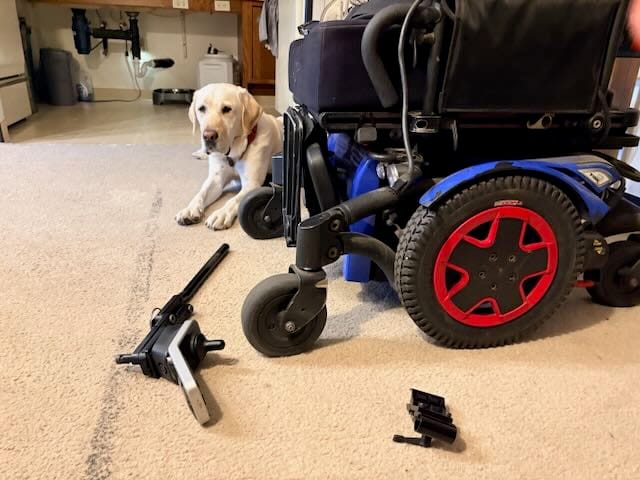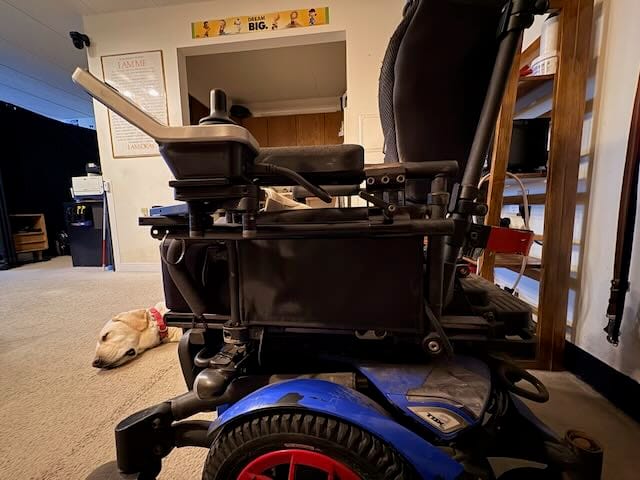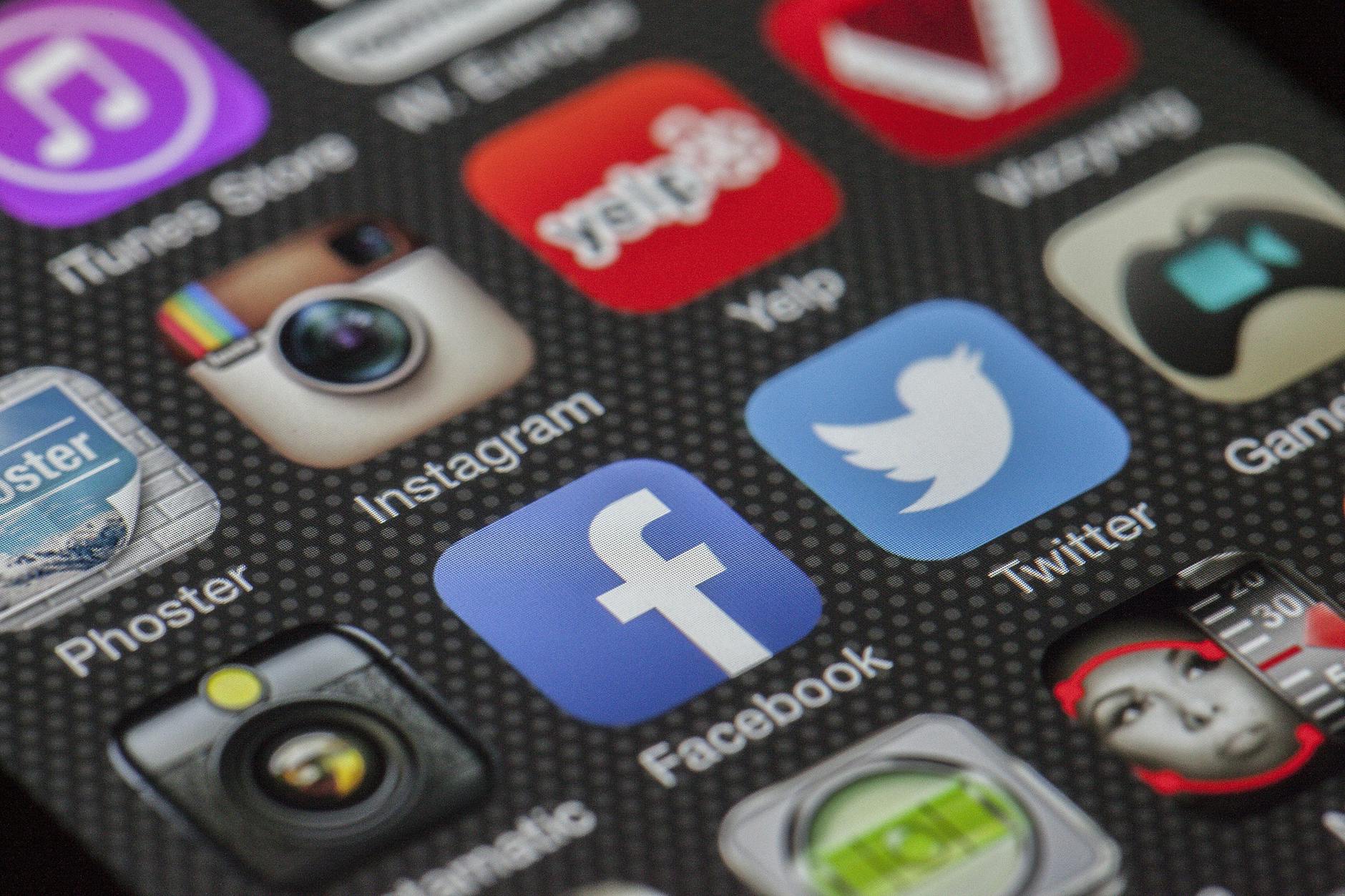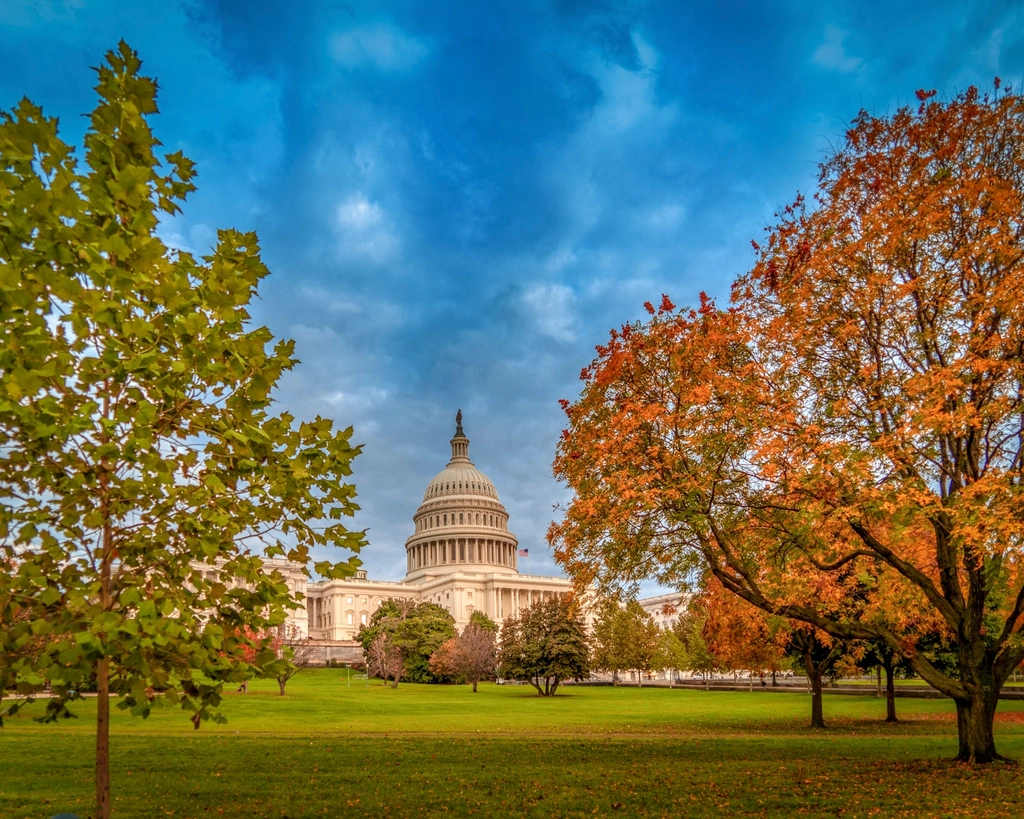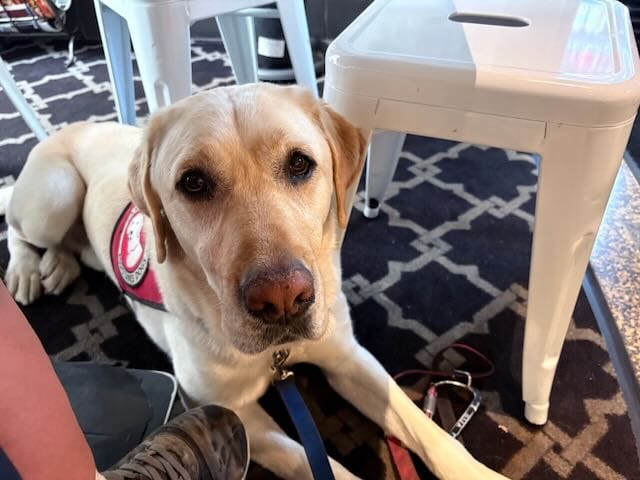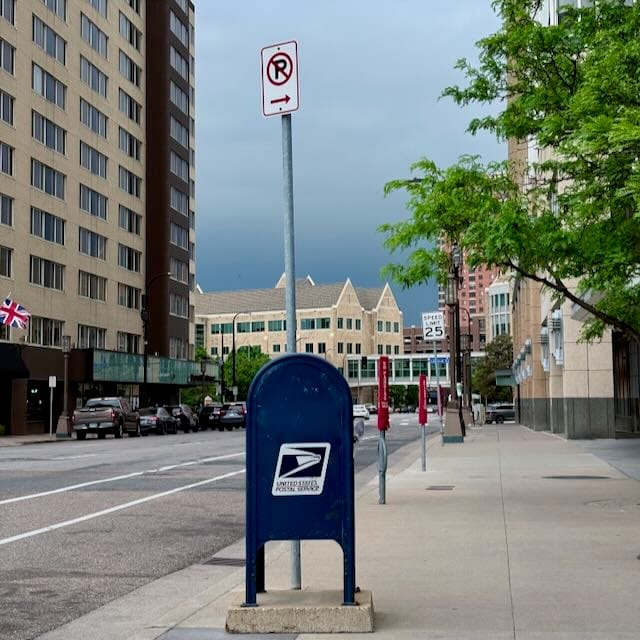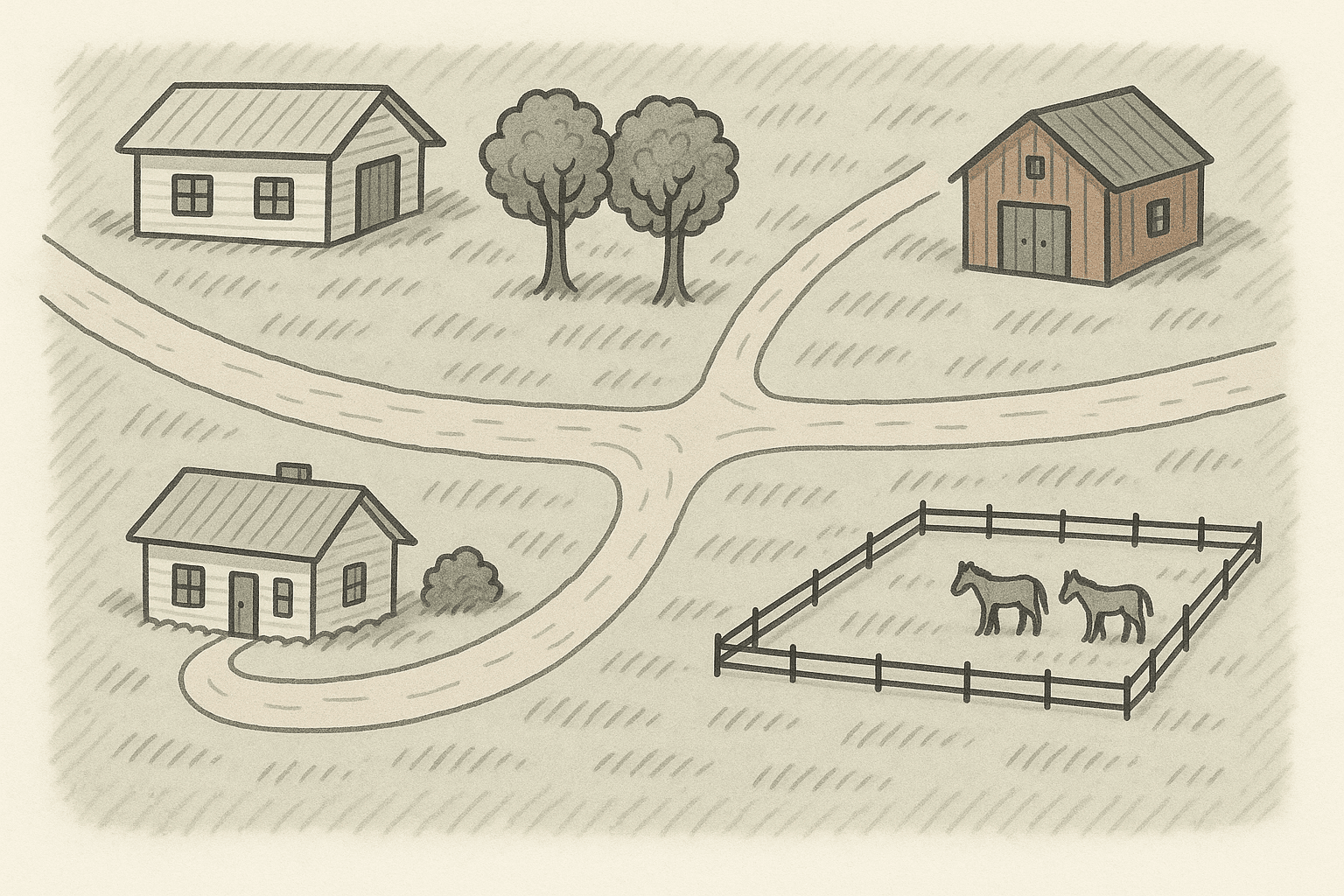Becoming Myself, One Letter at a Time
There’s a strange gravity in a name.
It’s the first thing we’re given, often before we take our first breath. Names come with stories, family histories, hopes, even inside jokes. They can be reminders of who we come from, or quiet promises of who someone hoped we’d become.
Sometimes, we grow into them. Sometimes, we grow around them. And sometimes, if we’re really lucky, we realize we need a name that fits where we’ve been. If we’re really brave, we choose a name that fits where we’re going.
That’s what this post is about.
I’ve always liked my middle name.
Allen. It’s simple, unassuming, it’s always felt right. It carries a softness, a steadiness that felt like home.
It’s not loud or dramatic. Allen felt like a foundation, something I can rest on. And in ways I couldn’t fully name at the time, it felt like me.
I’ve realized something interesting. I’m not the only one in my family who felt this pull toward a middle name. My grandpa Garfield was not actually born Garfield at all. His given name was Oscar Garfield Dokken.
From what I’ve pieced together in conversations with family, he chose to go by Garfield. He already had an uncle named Oscar and probably did not want the two of them to be confused.
That makes perfect sense. When I was a kid, I had a friend named Levi. When our families got together, there were two Levis in the same space. Every time someone called out “Levi,” there was that moment of uncertainty: which one? Looking back, I think that would’ve been a perfect time for me to lean into Allen.
Maybe Grandpa understood something I’m only just beginning to. Sometimes a name is about more than identity. It’s about clarity, belonging, and creating space for yourself.
That’s how I landed on Alyn. I know it’s a different spelling from my true middle name. Then again, I am a little different, so my name should be too.
It’s not a world apart from who I’ve been it’s just… closer to who I am. A little softer around the edges. A little more neutral, a little more fluid. It’s Allen with a twist. It lets me breathe.
I haven’t decided yet if I’ll change it legally. For now, this isn’t about paperwork or government forms it’s about alignment. About answering to something that feels a little more like me. About hearing a name and not flinching because it doesn’t quite match the reflection I see in my mind.
Of course, it’s not that simple.
Names carry meaning, not just for us, but for the people who gave them to us. For family, it isn’t just a label it’s something they chose with care. It could be tied to memory, a legacy and love.
I understand that. I honor that. Part of me worries that in choosing something new, I’ll seem ungrateful, or like I’m rejecting something sacred.
But here’s what I want those people to know: I’m not erasing anything. I’m not undoing the name I was given. I’m just building on it. Adding a chapter. Letting myself evolve.
I’m still me. Still your kid. Still your friend. Still your cousin, your sibling, your grandchild. Just… more me-shaped now.
Trying on Allyn, Becoming Alyn
I started experimenting with a small change spelling Allen with a y. “Allyn.” It looked different, felt different. Like trying on a jacket that just fits better.
At first, it was just between me and my therapist, then a small circle of friends. The more I used it, the more it felt like breathing freely.
Later, I tried another variation: Alyn.
I started using it with the same small group of friends. It became a place where I could test the waters. I could hear “Alyn” out loud or in text. I felt how it settled into my bones.
Now, I’m taking that step into the light with this name. Like coming out in the LGBTQIA+ community, this takes a great amount of courage. To come out in this way, in a public setting, takes an even greater amount of courage.
Some people will adjust quickly. Some might need time. And that’s okay. I’m still getting used to it too. Every time someone uses it, it feels like a little internal click, a quiet “yes.”
And when people still call me Levi, I understand. That name still holds truth, too. This isn’t about perfection. It’s about becoming.
When the Name Comes Out Before You Do
Like I said earlier, I was only sharing it with a small group of people. I was changing it on my streaming platform profiles seeing how it looked to me. I wasn’t ready to share it beyond my small circle just yet. Then, about a few days ago, that changed.
I recently made a small change on my iPhone. I updated my contact information to show the name I’d been trying on. What I didn’t realize was that Apple shares those changes with anyone in my contacts who also has an iPhone. Suddenly, my new name was in front of friends and family I hadn’t told yet.
The questions came quickly: “Who’s Alyn?”
In that instant, I was outed in a way I hadn’t planned. But maybe that’s the thing about names — sometimes they refuse to stay hidden. Sometimes they insist on being seen, even before we’re ready. And maybe that’s okay. Maybe a name knows the right time better than we do.
A Name Doesn’t Have to Be Legal to Be Real
There’s this idea that identity only counts when it comes with documentation. That it only matters once you’ve filled out a form, paid a fee, stood in line. But I don’t believe that.
My name is real the moment I say, “this is what I want to be called.”
It’s real the first time someone uses it gently. The first time someone says, “Hi Alyn.” The first time I say it in the mirror and smile.
There’s power in naming yourself. Quiet, grounded, liberating power. And you don’t need permission to do it.
If You’re Struggling With This…It’s Okay
If you’re reading this and feeling a little unsettled, I see you. Maybe you’re someone who’s known me as Levi for a long time. Maybe you’re trying to make sense of how this fits with the person you thought you knew.
I am still the person you know. I haven’t changed all that much from the person I was the last time we talked. I am just finally deciding how best to live my true authentic self.
You don’t have to get it all at once. You don’t have to understand everything to respect it. You don’t have to stop loving who I was to also love who I’m becoming.
Just keep showing up. Keep asking if you have questions. If you call me Levi, I won’t get upset. I’ll just gently remind you if you forget.
For Me, For Now
I don’t know exactly what’s ahead. Maybe I’ll legally change it someday like grandpa Garfield did. Then again maybe I won’t.
What I do know is this: I get to choose. I get to be honest. And I get to love myself enough to ask for something that fits.
So…hi. I’m Alyn.
It’s nice to meet you (again).
